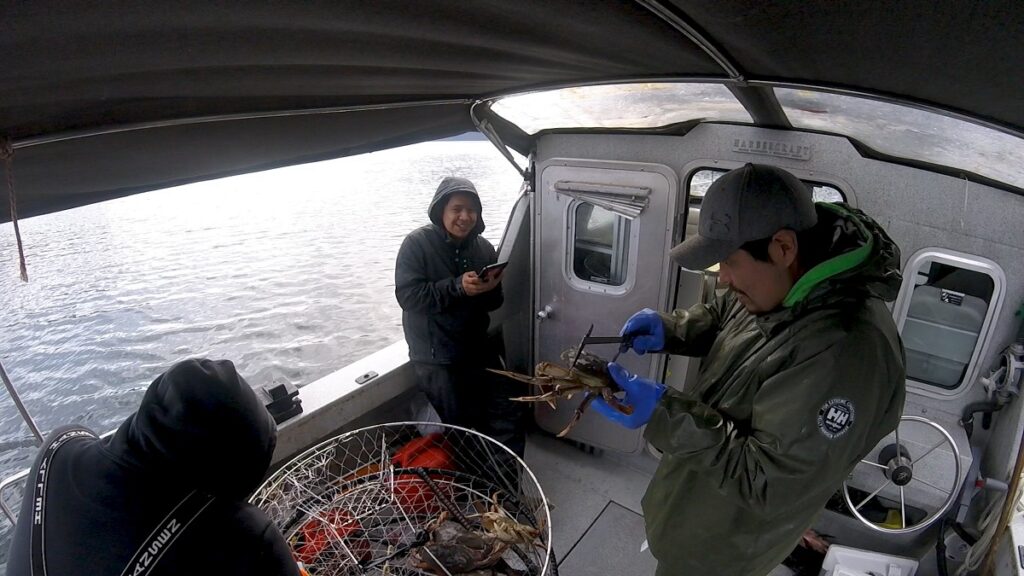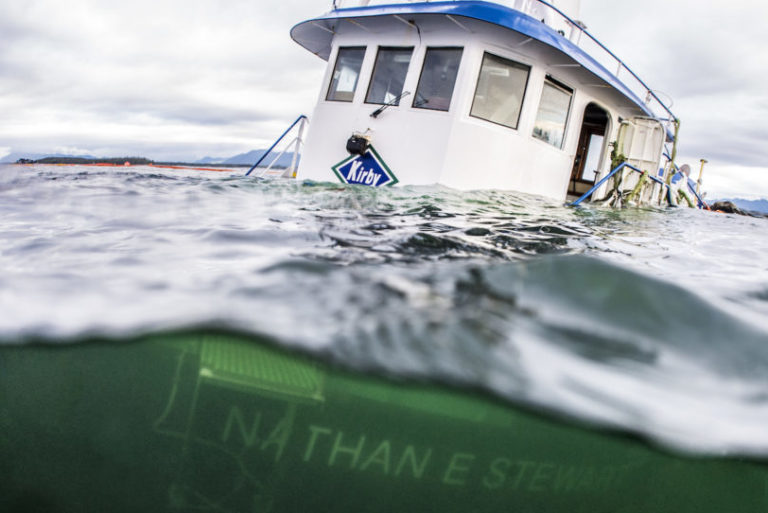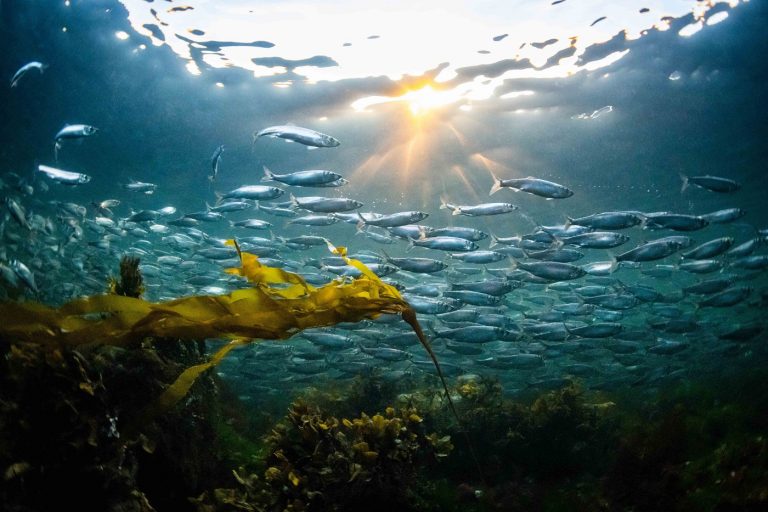Lessons in Co-governance: Ensuring FSC Access to Dungeness Crab

Throughout the Pacific Coast, Dungeness crab is a vital food source and cherished fishery. For Central Coast First Nations, crab harvesting also carries great cultural significance, and Central Coast First Nations and other Indigenous Nations have constitutionally protected rights to harvest the species for food, social and ceremonial (FSC) uses.
For decades, the Heiltsuk, Kitasoo/Xai’xais, Nuxalk and Wuikinuxv First Nations have observed an alarming decline in catches of legal male Dungeness crab within their territories—FSC fishers had traditionally caught an average of 9.2 crab per trap and they now catch an average of only 1.7 per trap.
Harvesting crab has played a central role in coastal traditions for centuries. A seasonal catch is often used to feed an entire community at feasts, potlaches and other ceremonies, and the harvesting itself is an important learning activity, where cultural knowledge and experiences are passed along from Elders to youth. Given this cultural importance, Indigenous Law demands sustainable management of crab.
In a precedent-setting example of co-governance in action, Central Coast First Nations and the Department of Fisheries and Oceans (DFO) have been engaged in efforts to create new management measures, including closures of key fishing locations of high cultural significance. Along with sustainable management of the many fishing locations that remain open, these closures aim to improve access to legal male Dungeness crab for FSC fishers into the future.
Starting in 2014, Central Coast Nations’ Coastal Guardian Watchmen surveyed populations at over 20 important fishing sites, using a protocol based on DFO’s Dungeness crab survey manual. This first stage in the collaborative process, which included a review of the extensive research and surveys carried out by the Central Coast First Nations, confirmed what local fishers had been saying for years: FSC access to legal-sized male crab (at least 165 mm wide) has declined as commercial fishing intensified and as an increasing number of recreational fishers began accessing the Central Coast’s smaller bays and inlets.
Central Coast First Nations also implemented voluntary closures of both commercial and recreational fishing, which allowed the Nations to study the effect on catch rates. The results showed conclusively that closures in key areas can be effective in increasing the catch rate of legal males
Throughout 2021 and beyond, the Nations will continue to patrol the Central Coast, engage in public outreach, monitor compliance of closures and further develop catch monitoring methods. This effort serves as an excellent example of evidence-based decision making and provides a glimpse into the future of sustainable collaborative management.







